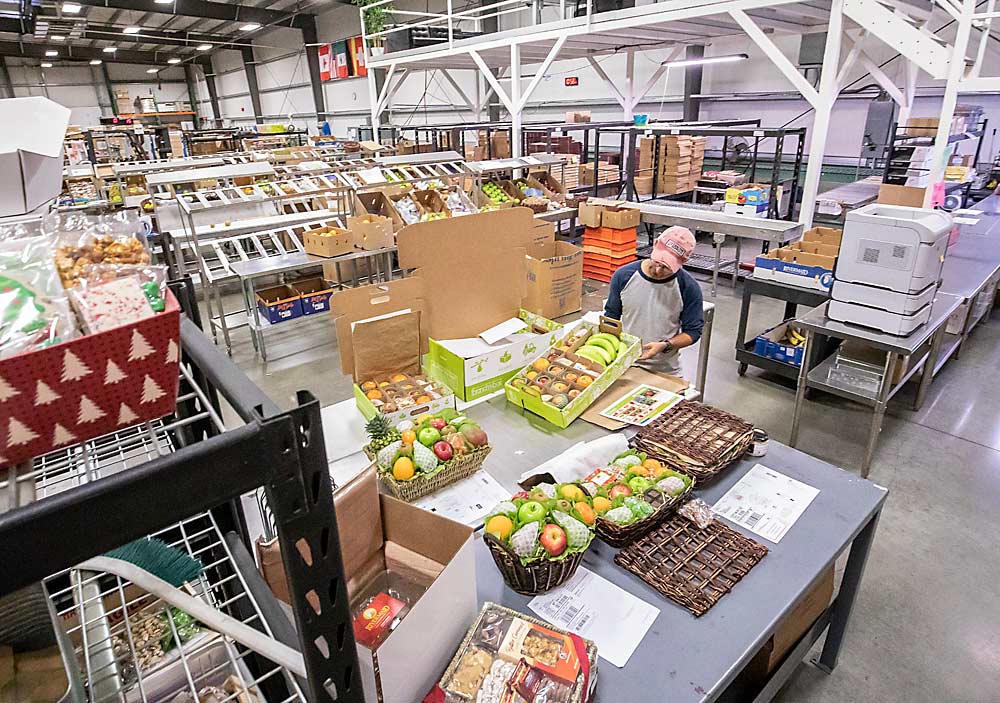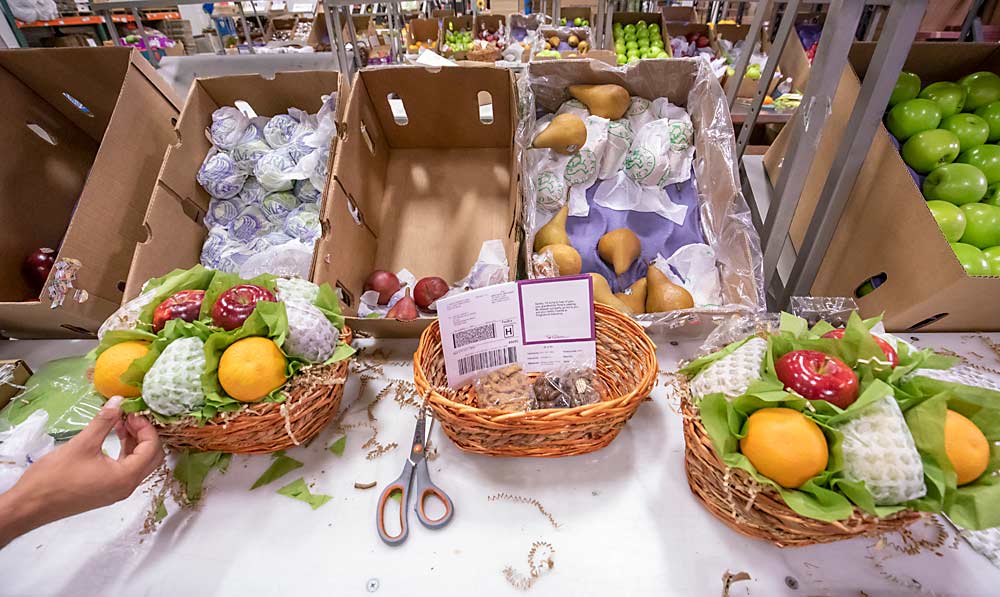
Chiles Wilson Jr. figured his pandemic-driven spike in 2020 online cherry sales would fizzle as shoppers returned to grocery stores in 2021.
“I was thinking it would die off,” said Wilson, part of the family that owns Rivermaid Trading Co., a fruit packing company in Lodi, California.
He was wrong. Customers who got their first taste of buying fresh cherries online through Amazon or Walmart in 2020 came back fourfold in 2021.
“It’s a pretty exciting thing and it’s been kind of my passion project,” he said.
Online grocery shopping has been on an upward trend for years. The pandemic only accelerated the pace.
“The reality is, consumers are migrating that way in general,” said Steve Lutz, senior vice president of insights and innovations at Category Partners, an Idaho Falls, Idaho, market analysis firm. “I don’t think we should be tremendously surprised if growth opportunities come out of that.”

Wilson’s prediction that online sales would subside in 2021 proved correct overall, if not for his business. In September 2020, 54 percent of shoppers surveyed by Category Partners bought at least some groceries online. In July 2021, that had fallen to 34 percent, and only 22 percent said they buy fresh produce that way.
“Click-and-collect” remains the favored e-commerce grocery route. In that September 2020 survey, one-third of shoppers used a grocery pickup option, while delivery options were less utilized.
Buying fresh produce online from a far-off distribution center is still an extreme outlier, Lutz said. People still say they want to use their eyes and hands to recognize quality before purchase.
“That’s hard to replicate online,” Lutz said.
Rivermaid’s moves
For Wilson’s family, selling cherries on Amazon Prime was a natural progression of a side hustle.
Rivermaid Trading was started by his father and a business partner in the 1980s. Wilson, who grew up near Lodi, attended college in San Francisco and worked on a farm in Australia. Just as he returned in 2009, the Rivermaid family spun off six employees to manage its new gift shipping business, A Gift Inside, to eke value out of its facilities in downtime.

While the company still moves the bulk of its fruit wholesale, A Gift Inside has grown into a 140-employee company of its own, shipping pears, oranges, nuts and chocolate-dipped strawberries in gift boxes from five warehouses throughout the country. When they run out of their own fruit, they ship Anjou pears from the Northwest. Their busiest times are Christmas, Valentine’s Day and Mother’s Day. Wilson is the executive vice president.
The gift box business then cultivated Amazon as a distribution outlet, added cherries to the gift portfolio, earned Prime status and began shipping cherries through Prime in 2019.
That required new thinking, Wilson said. Amazon has a complicated list of logistics requirements and in effect owns the entire transaction. Amazon even sets the retail price, which was $36 for a 5-pound pack, but that can fluctuate. His family had to start viewing the process more as part of the grocery supply chain, not a gift service.
“Amazon is not super simple,” Wilson said. “It’s multiple people’s full-time jobs to manage Amazon (for us) … but with that comes a pretty exciting reward.”
Wilson sells cherries in clamshell packs of 5 pounds or 10 pounds. From the same Lodi facility, the company packages cherries in unlabeled insulated carboard boxes with freezer gel packs, getting them to customers in New York within three days of being picked. They sometimes source cherries from Washington and Oregon to complete orders later in the season.
In 2020, the pandemic hit and sales doubled. In 2021, business quadrupled.
Wilson suspects that growth has been fueled by one good review leading to another, which is why his company meticulously, “obsessively” checks the cherry packages for quality concerns before shipping them.
“You can pay to promote things, but the real ROI is in doing a good job,” he said.
—by Ross Courtney







Leave A Comment